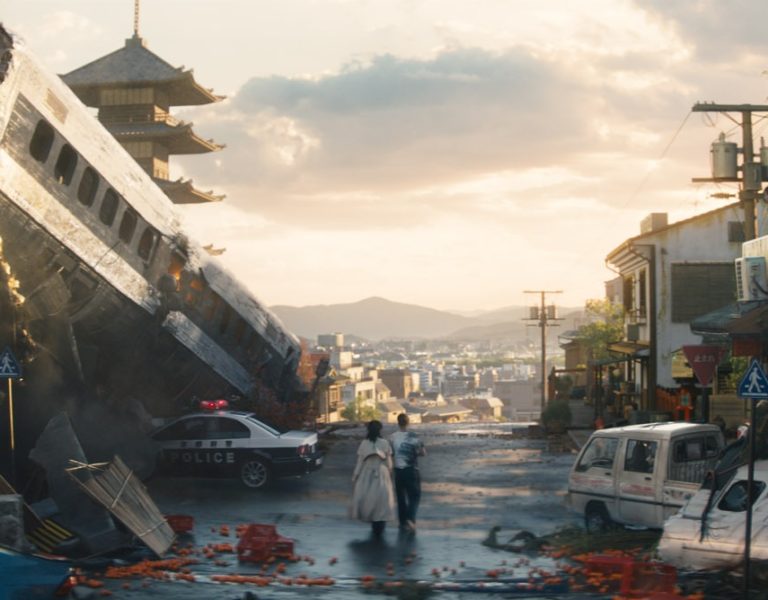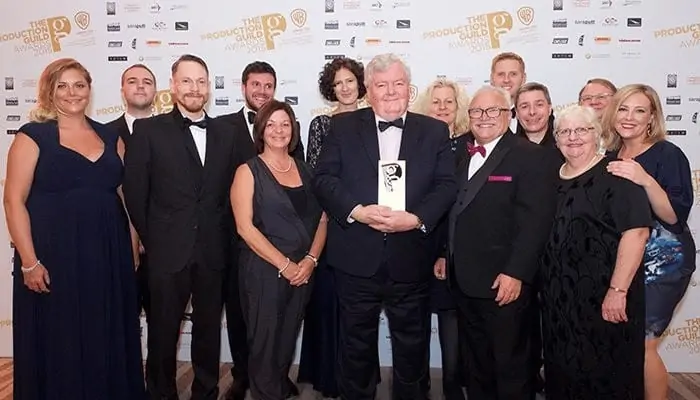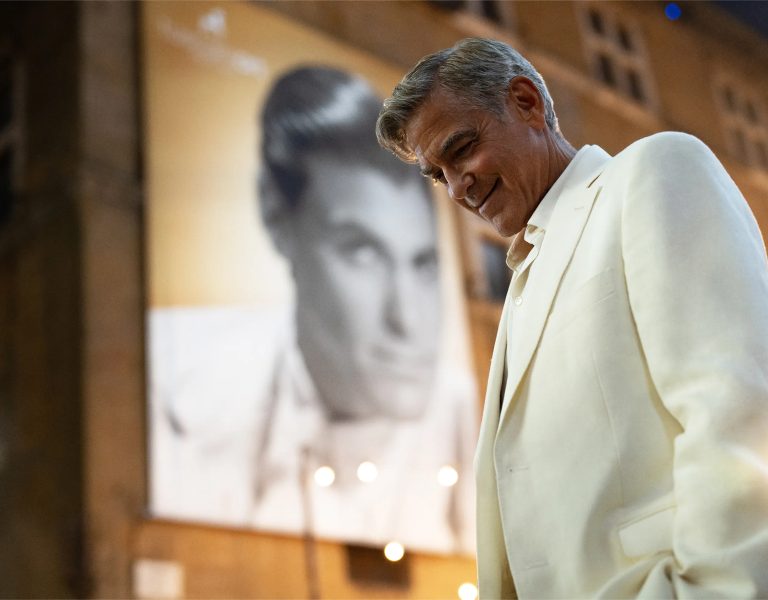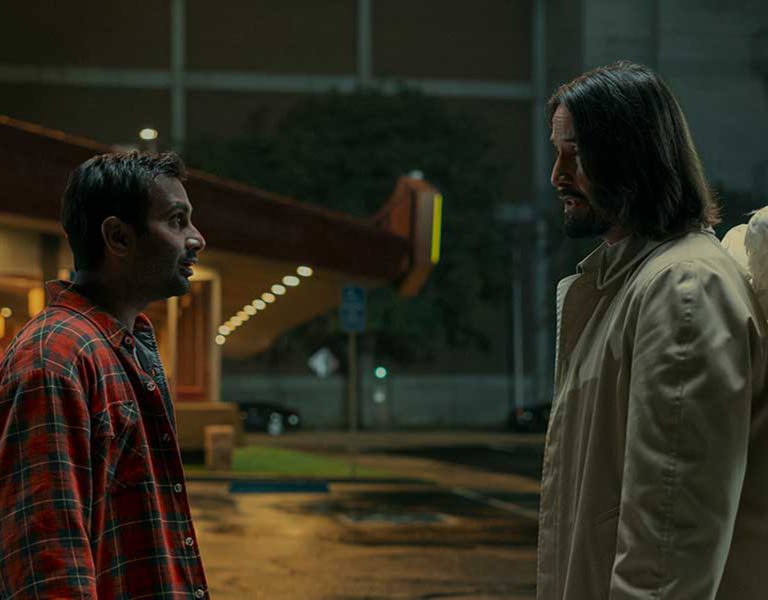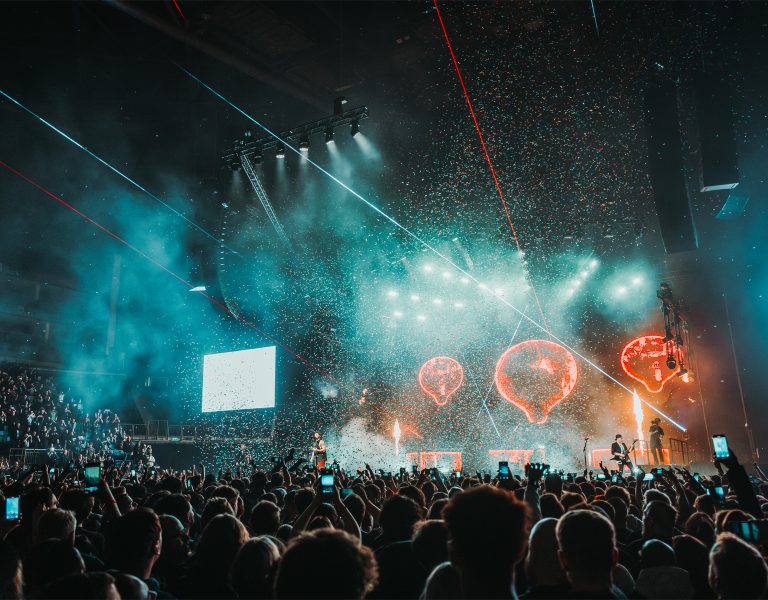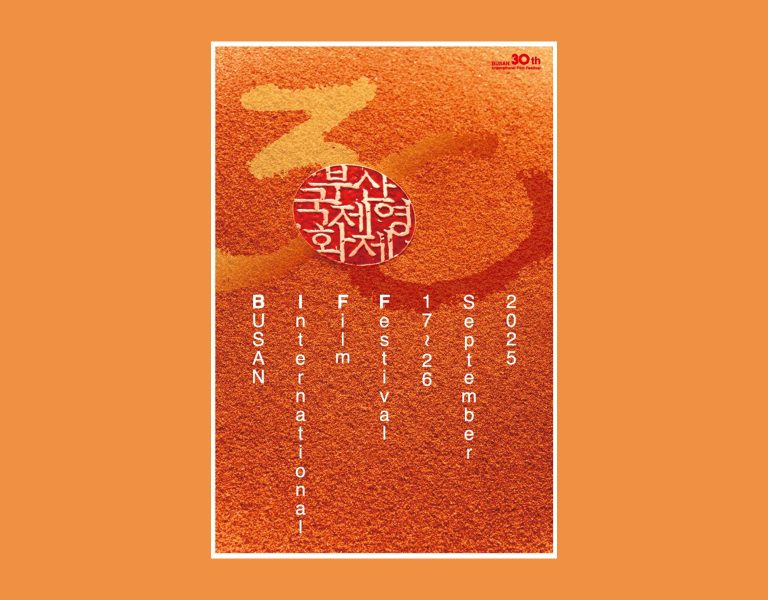PIX connects a global production team in Bullet Train collaboration
Sep 2, 2022
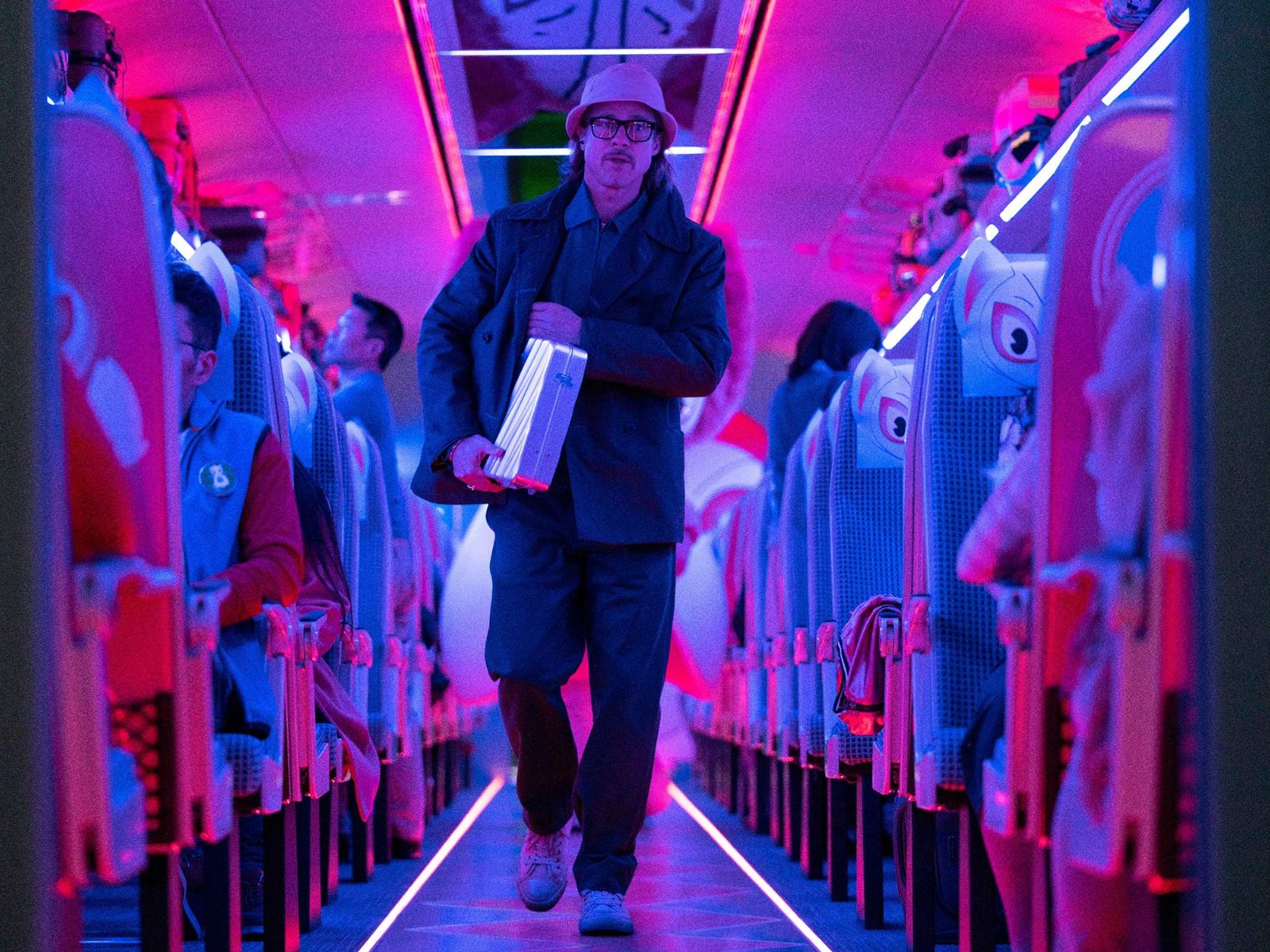
Bullet Train places the action-comedy formula in a high-speed train travelling from Tokyo to Kyoto. Brad Pitt’s laconic but very capable operative is in hot pursuit of a suitcase, but along for the ride is a series of like-minded and ruthless assassins, each equipped with a backstory, deadly skills and punchy, tongue-in-cheek quips. The film was based on a dark and satiric novel of the same name by Kotaro Isaka.
The filmmakers, led by director David Leitch, knew that an entertaining journey would require the action to unfold mostly in the very specific confines of a train car. Keeping the audience oriented and aware of their relative location would also be important. Leitch and DP Jonathan Sela distinguished the various carriages with subtle lighting differences and shifting formats, at times using the ARRI ALEXA Mini LF with spherical lenses, and at other times film emulsion or standard ALEXA’s with modern “vintage” anamorphic glass. In-camera CODEX drives were used to record to ARRIRAW.
Editor Elisabet Ronaldsdóttir carefully assembled the shots to help maintain consistent geography. For expositional flashback montages, the editing style slows to a more dreamlike pace. Blending these key contributions, along with those of the visual effects team and the production designer, called for a high degree of collaboration and frictionless communication, facilitated by the extensive use of PIX.
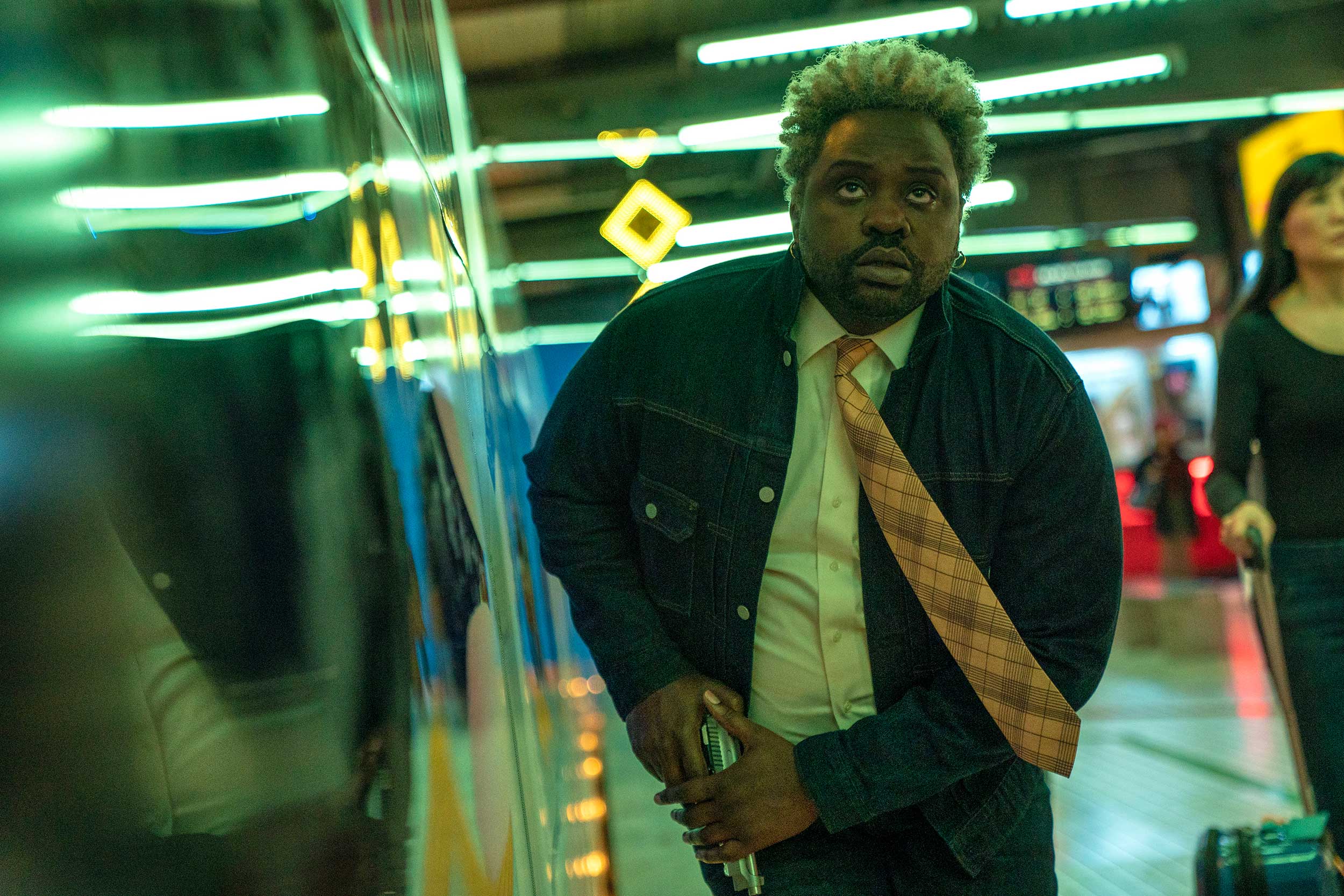
During prep, Ronaldsdottir realised that successfully translating the source material to the screen would require some restructuring.
“Movies are a different language,” she says. “A long monologue can become a single look in visual storytelling. The sense of fate plays an important role, and we had to express that throughout these intertwined characters and stories. I came in towards the end of principal photography, so I had a lot of catching up to do. I had to watch every single frame.”
Sela and Leitch were happy to be working on stages in Los Angeles and sleeping in their own beds at night. Ronaldsdóttir worked from her home in Iceland for five months.
“We live in a different reality now,” she says. “At first, I had a hard drive with all the material, and then we used PIX a lot to send prospective edits to various departments, and to David, for people to view and give notes. I had an amazing first assistant, Nick Ellsberg, who handled the technology for me. The system was great, and we were all synced up – if someone opened a file in LA, I could see that it was locked, so we wouldn’t override each other’s work.
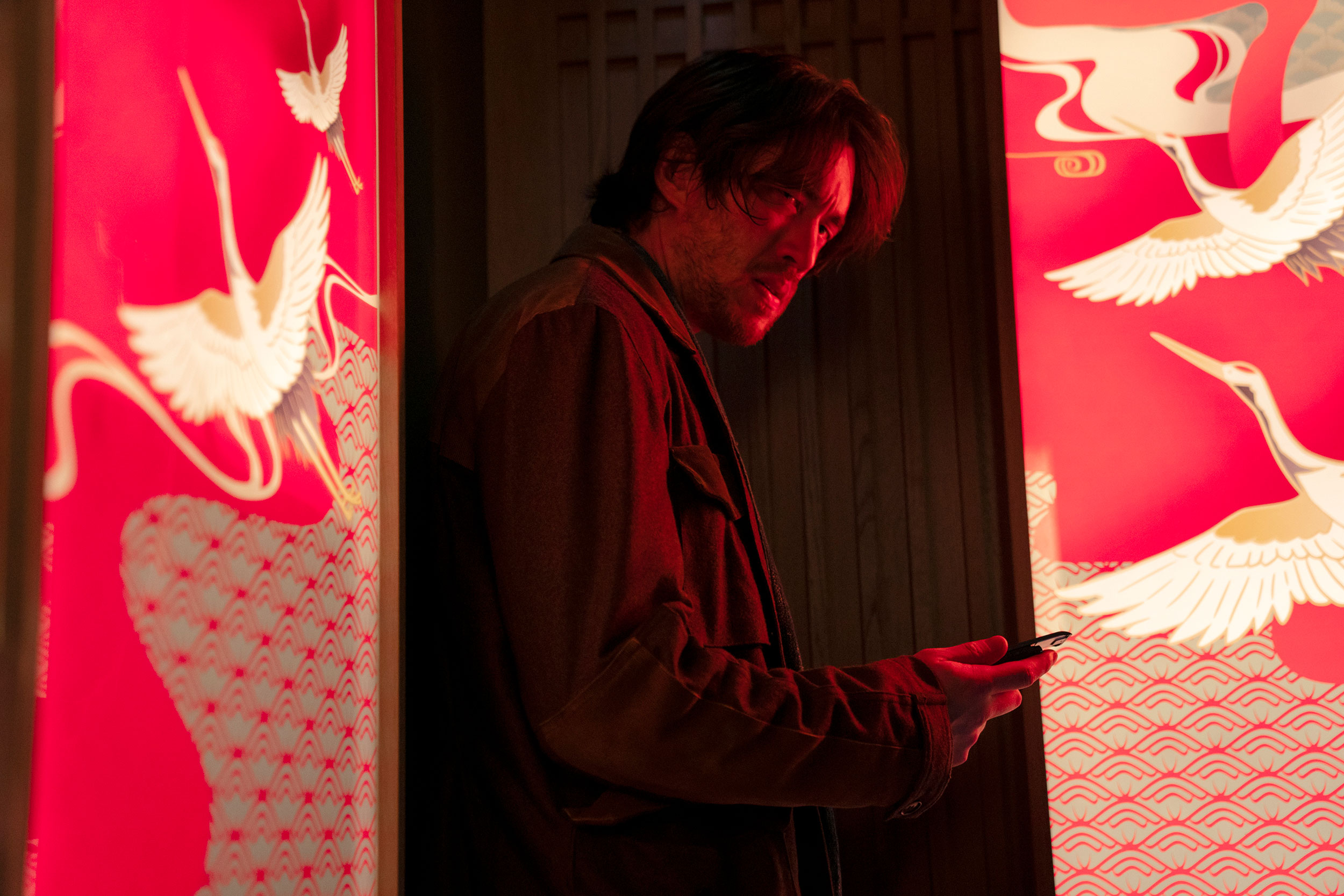
“It’s amazing how far the technology has come, and how it made everything very easy. PIX is so protected. You absolutely must trust your way of sending stuff out, or you couldn’t do it. Every single take is trusted to PIX, and we can send everything out to everyone, including the producers. It really makes things efficient. The workflow was simple from my perspective, and that means I can concentrate on the creative aspects.”
Ronaldsdóttir has been editing for more than two decades, including work with Leitch and Sela on projects such as John Wick, Deadpool 2, and Atomic Blonde. Just prior to Bullet Train, she had edited Shang-Chi and the Legend of the Ten Rings, a big-budget Marvel superhero feature.
“I do sometimes romanticise about the old days when we were focused on each frame and the sprockets and the splice,” she says. “But I don’t think I could go back. The technology has given us so many more opportunities to experiment, and to work within the frame. You can zoom in and out, splice up two different shots, run it by your director a world away, and get instant feedback. Going back would be extremely frustrating, and probably expensive. I’m grateful to have learned the old way, because it helps me today. But I’m going so much faster. Sometimes, I have to go for a walk in order to visualise a particular edit. I think that’s an old way of doing it, but it still speaks to me. The technology has given us so much, but no one put a chip in my head!
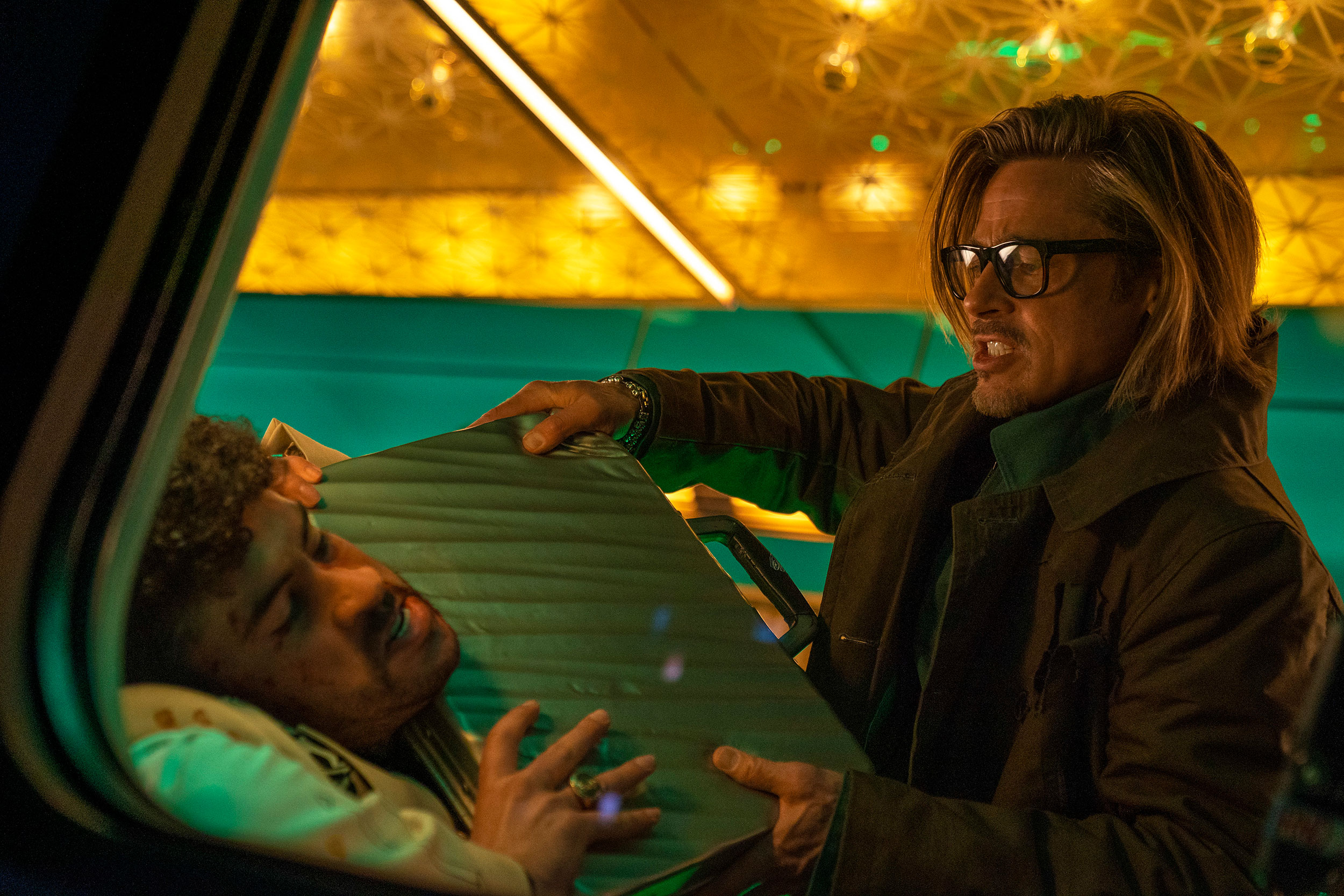
“So I’m thinking as I always have, but with so many options. You’re editing ten or twenty versions of a scene. And when you have a visual effects team on your side, the possibilities expand further. It has become a part of filmmaking – it’s the way things are done now. A tool like PIX is merely a tool – you still need to put your heart and soul and mind into it. But the better tools you have, the bigger opportunity you have to succeed.”
Superior collaboration is enhanced when each contributor has a deep appreciation for the talents of the others. When Ronaldsdóttir began in the business, her goal was to become a cinematographer. After she became a mother, she began to see the appeal of working from home.
Regarding Sela’s work, she says. “It’s pure beauty. We are in visual storytelling, and every single frame tells a story. There’s nothing accidental. Watching dailies is a joy. And it affects everything, because you can stay longer on shots that are so well composed and lit.”
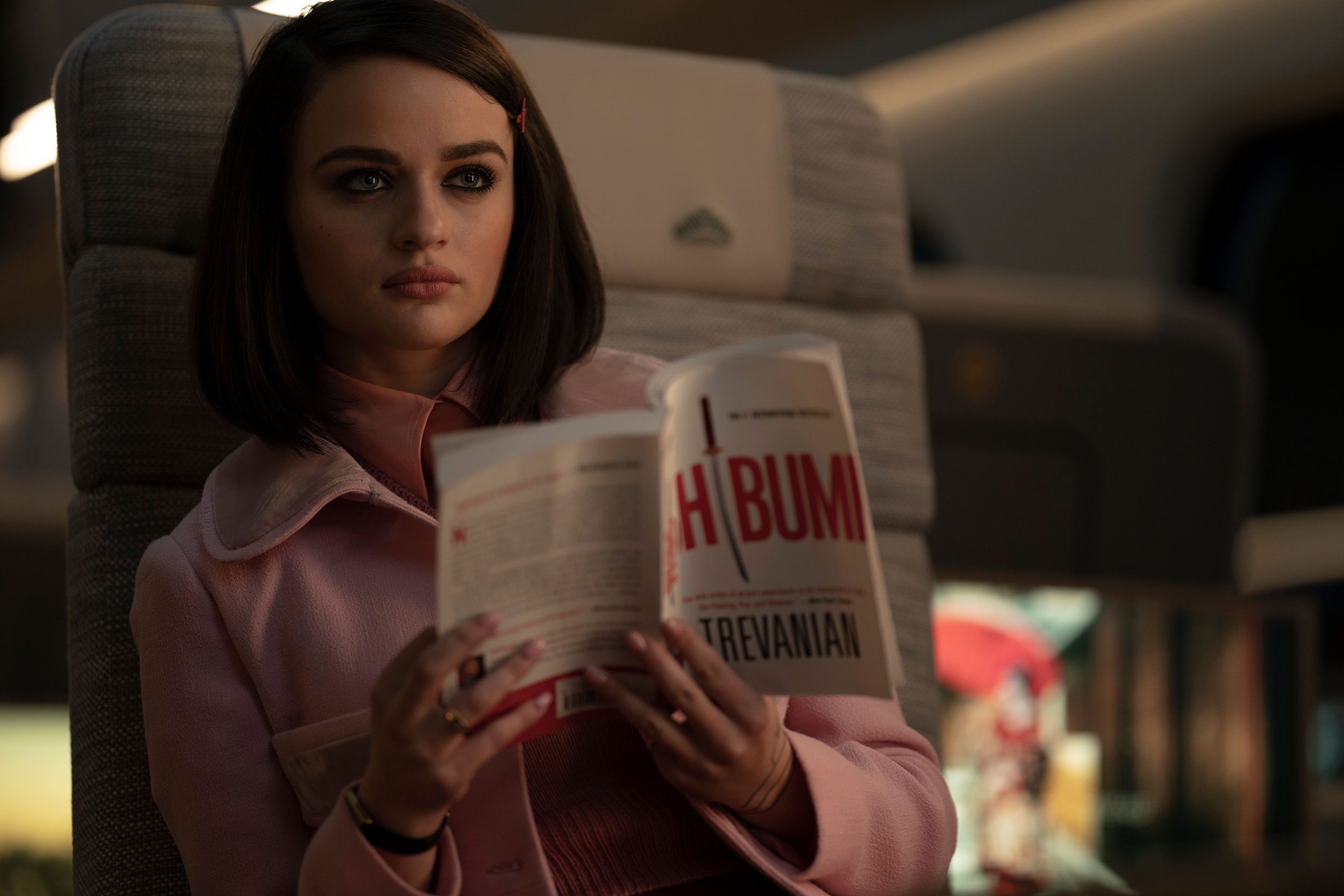
Sela adds, “The movie is really stylised and funky, and we did so many whacky things. What I do is technical, but I try to stay nontechnical as much as possible. We plan carefully, but it’s the mix of the unexpected that is the beauty of creation.”
Bullet Train premiered on 1 August 2022 at the TCL Chinese Theatre in Hollywood and was released worldwide by Sony on 5 August earning approximately $70 million (ca. £60.7 million) in its first week, against a reported production budget of $90 million (ca. £79 million).








